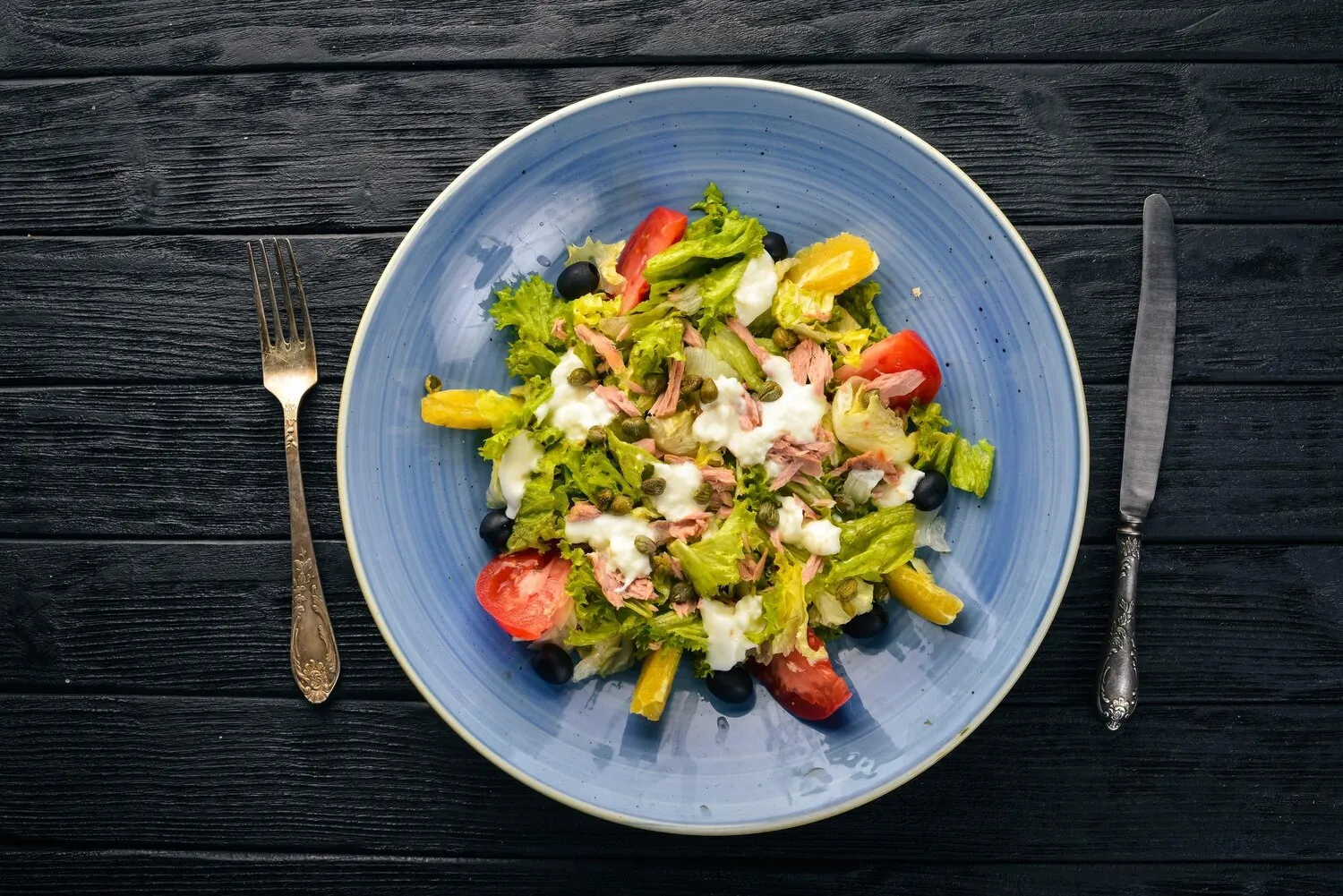
Tea Leaf Salad (Lahpet Thoke)
Fermented tea leaf salad with fried garlic, nuts, and sesame seeds. Often cited as a must-try.
Nutrition Facts
* The % Daily Value (DV) tells you how much a nutrient in a serving of food contributes to a daily diet. 2,000 calories a day is used for general nutrition advice.
Tea cultivation in Myanmar dates back centuries, with the practice originating among the ethnic minority groups. The process of fermenting tea leaves likely evolved as a way to preserve them, turning a simple ingredient into a culinary staple with deep cultural roots. It's believed that tea leaves were once used as a form of currency and offering to royalty, highlighting its historical significance.
Lahpet Thoke is much more than just a salad in Myanmar; it's a symbol of hospitality, tradition, and social gathering. It's often served during special occasions, religious festivals, and even as a peace offering between warring parties.
Peace Offering
Historically, Lahpet Thoke has been used as a symbolic offering during negotiations between warring kingdoms, signifying a willingness to reconcile and establish peace.
Hospitality and Social Gathering
Serving Lahpet Thoke to guests is a sign of warm welcome and hospitality. It's commonly shared during social gatherings, celebrations, and family events, fostering a sense of community and togetherness.
Religious Festivals
Lahpet Thoke plays a role in some religious festivals, with tea leaves offered to monks and used in traditional ceremonies.
Lahpet Thoke offers a complex and unique flavor profile, blending savory, sour, bitter, and umami elements with a variety of textures from crunchy fried components to the soft, fermented tea leaves.
The foundation of the dish is the fermented tea leaves, which provide a slightly bitter and tangy flavor. This is balanced by savory notes from fish sauce or shrimp paste (optional), sourness from tomatoes or lime juice, and richness from roasted peanuts, sesame seeds, and fried garlic. Other common ingredients include fried beans, shredded ginger, and sometimes dried shrimp. The varying textures of these components are crucial to the overall experience, creating a delightful contrast in every bite.
Tea Leaf Preparation
If you are using preserved tea leaves, rinse them thoroughly to remove excess saltiness and bitterness before incorporating them into the salad. Some prefer to briefly blanch them as well.
Ingredient Quality
Use the freshest possible ingredients, especially the vegetables and fried components. Freshly fried garlic, nuts, and beans will significantly enhance the flavor and texture of the dish.
Taste and Adjust
Taste the salad frequently during preparation and adjust the balance of flavors according to your preference. You can add more lime juice for sourness, fish sauce for savoriness, or chili flakes for heat.
Proper Fermentation
If fermenting your own tea leaves (less common now), ensure proper technique to avoid harmful bacteria growth. Consult reliable resources for safe fermentation practices.
Explore additional Salad dishes and restaurants
Explore SaladDiscover top dining spots and culinary experiences in Aurora.
Explore AuroraLearn more about the food culture, restaurant scene, and culinary heritage of United States.
Explore United States